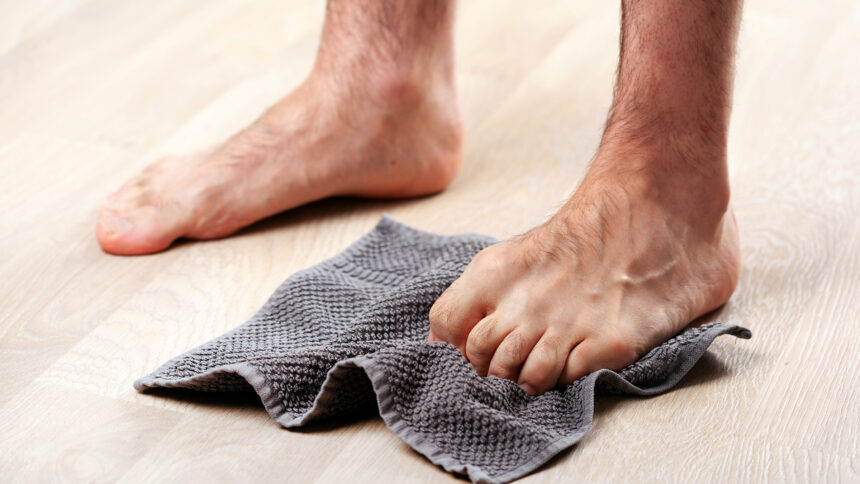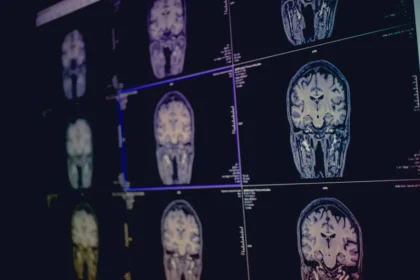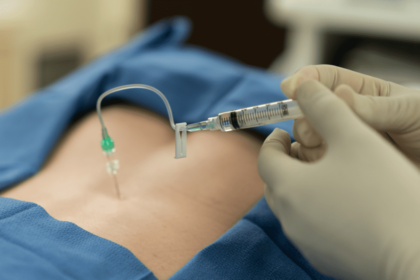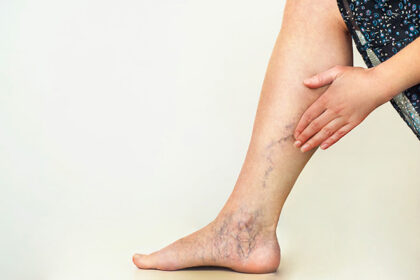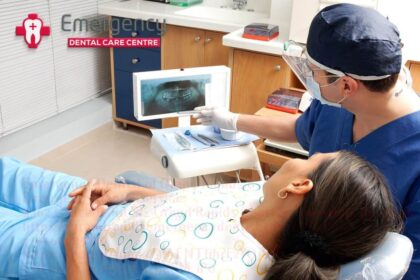Bunions are a common condition that causes pain and discomfort, significantly impacting daily activities. While surgery may be necessary for severe cases, specific foot exercises can help manage symptoms and slow progression. Understanding the proper exercises and their application is beneficial for those seeking non-surgical treatment options.
What Are Bunions?
A bunion is a bony protrusion that forms at the base of the big toe, where it connects to the foot. The medical term for this condition is hallux valgus. The bunion develops when the big toe shifts toward the smaller toes, causing the joint to protrude outward.
Bunions can occur on one or both feet and vary in severity. Some people develop smaller bunions on the fifth toe, called bunionettes or tailor’s bunions. The condition typically progresses gradually over time, becoming more pronounced without proper intervention.
What Causes Them?
Several factors contribute to bunion development. Genetics plays a role, as foot structure and shape are often inherited traits. People with flat feet, low arches, or loose ligaments may be more susceptible to bunion formation.
Footwear choices can accelerate bunion development. Shoes with narrow toe boxes, high heels, or inadequate support place excessive pressure on the toes. This pressure forces the big toe into an unnatural position, contributing to joint misalignment over time. Certain medical conditions, such as arthritis, also increase the risk of bunions.
What Are the Symptoms?
Bunion symptoms typically develop gradually and worsen over time. The most obvious sign is the visible bump at the base of the big toe. This protrusion may appear red, swollen, or tender to the touch.
Pain and discomfort are common symptoms, particularly when walking or wearing shoes. The pain may be sharp during movement or a dull ache after activity. Additional symptoms include difficulty finding comfortable footwear, calluses or corns on the bunion or surrounding areas, and restricted movement of the big toe.
What Foot Exercises Can Help?
Specific exercises can strengthen foot muscles, improve flexibility, and potentially slow bunion progression. Toe stretches help maintain joint mobility. Gently pull the big toe back toward its natural position and hold for a few seconds. Repeat this movement several times throughout the day.
Point and flex exercises involve extending the toes forward, then pulling them back toward the shin. Towel scrunches strengthen the foot muscles. Place a towel on the floor and use only the toes to scrunch it toward the foot. Marble pickups provide similar benefits by having the patient pick up small objects using only the toes.
Resistance exercises using elastic bands may strengthen the muscles around the big toe. Wrap a resistance band around both big toes and gently pull the feet apart while keeping the heels together. This exercise helps counteract the inward pull of the big toe.
How Is Professional Guidance Beneficial?
Professional evaluation is necessary for accurate diagnosis and treatment planning. A podiatrist will assess the severity of the bunion and recommend appropriate interventions based on individual circumstances. Regular monitoring enables adjustments to treatment as the condition progresses. A podiatrist can track changes in bunion severity, modify the exercise program accordingly, and recommend supportive devices, orthotics, or other interventions to complement the exercise routine.
Consult a Podiatrist
Bunions are progressive conditions that benefit from early intervention and appropriate management. While foot exercises may provide symptom relief and potentially slow progression, they have the potential to work better as part of a comprehensive treatment plan. If you experience bunion symptoms or foot pain, schedule a consultation with a qualified podiatrist. Early intervention can prevent complications and improve long-term outcomes.


